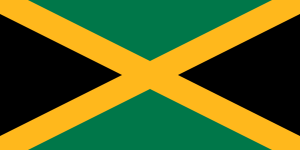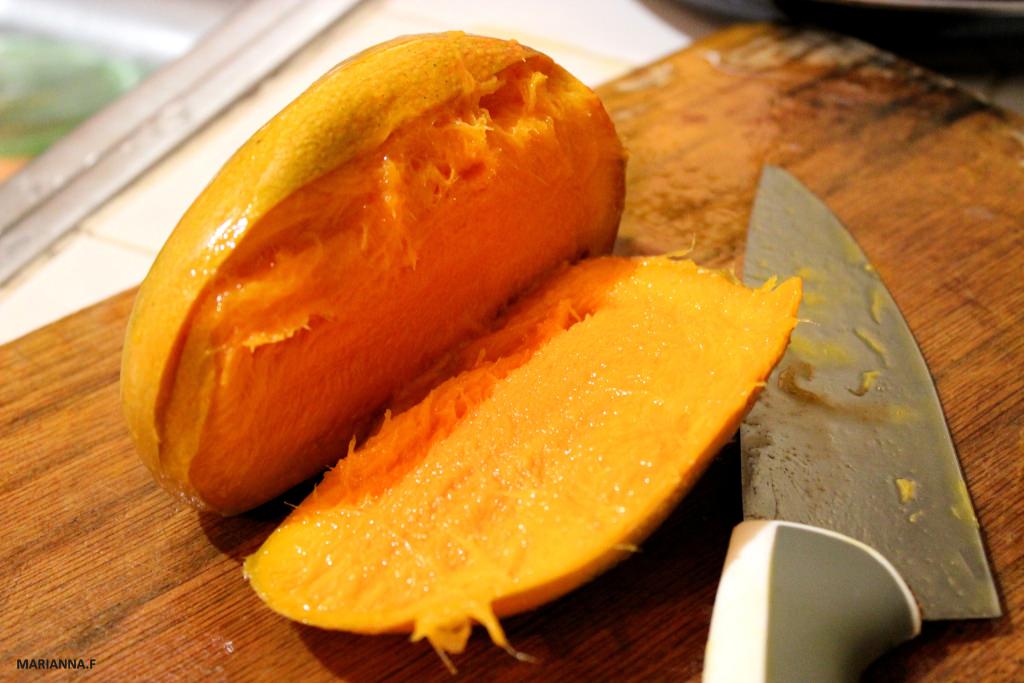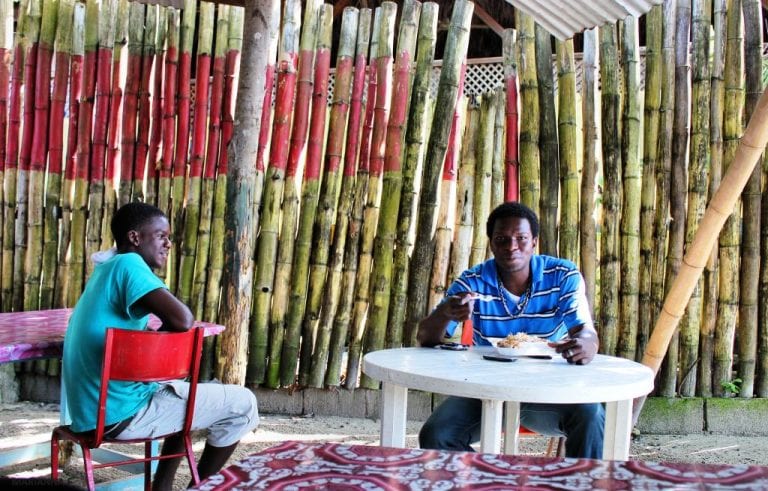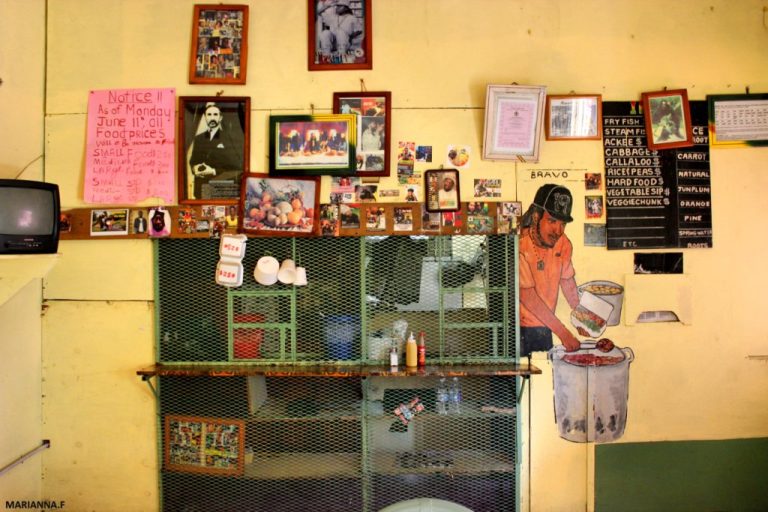If you’ll be visiting Jamaica during the summer months you’ll notice the overwhelming prevalence of one thing – in addition to the sweltering heat – MANGOES! These little sweethearts are believed to have originated in India, and come in a spectrum of varieties (16, actually, according to this article from UWI Department of Chemistry). With so many to choose from, it may be confusing deciding where to start. But don’t worry; we’ve got you covered.
WHICH ONE IS BEST?
Disagree with someone about which type of mango is the “best” and you’ll most likely be greeted with an unbelievably passionate remark on your lack of intelligent palate preferences. As the popular Jamaican saying goes, “Never diss a man’s mango.”
I’m kidding; I made that up…but the sentiment still rings true.
The simple fact is that everyone will have a different mango favourite, but the most important thing is that no matter the type, you’re pretty much assured it will be absolutely delicious. Tropical weather has lots of benefits, and one is for sure producing the sweetest mangoes within a few lines of latitude. So don’t worry about which is best; they’re all good.
(But I mean…let’s face it…Julie.)
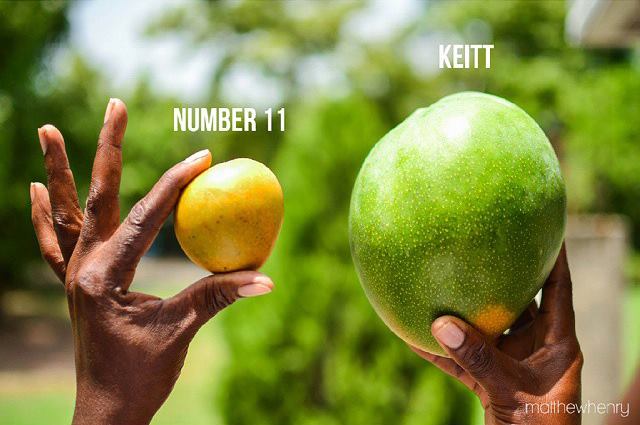
WHAT DO YOU DO WITH IT?
Well, the simplest answer to this question is: eat it. Peel off the skin with a knife or your teeth and just dig in; enjoy the sensational goodness and the juice dripping down your chin. Also, be prepared to spend the next few minutes awkwardly removing stringy remnants from between your teeth. Or, if you’re not about that life, remove all the fruit from the seed before eating and save yourself that inconvenience.
The easiest way to check for ripeness is the texture and colour. Mangoes usually develop an increasing yellow/orange/red colour the riper they become, although there are exceptions like ‘blackie’ mangoes that remain green when ripe. And like most other fruits, there’s that sweet spot between feeling like a stone and being a mushy mess that indicates the perfect amount of ripeness.
But even if you do come across some on the mushier end of the ripeness spectrum, don’t be quick to throw them away. Mango juice is the perfect option for those that are too soft to enjoy whole. As a matter of fact, Google ‘mango recipes’ and you’ll find no shortage of ways you can prepare the fruit – although most Jamaicans just stick to eating and juicing them.
WHERE DO I GET IT?
The good news is that mangoes are so wide-spread that no matter where you buy them, you can be pretty much assured you will be supporting a Jamaican. The bad news is that praedial larceny is still an unfortunate reality, and there are persons out there who sell stolen produce to the detriment of hard-working farmers. A good way to be more confident of the origins of your mango is to buy produce from a market, or from a vendor with lots of other fresh fruit. Always do your best to shop consciously and responsibly!
And, of course, enjoy mango season!
If you are interested in this feature, please contact the Real Jamaica team! Thanks!
